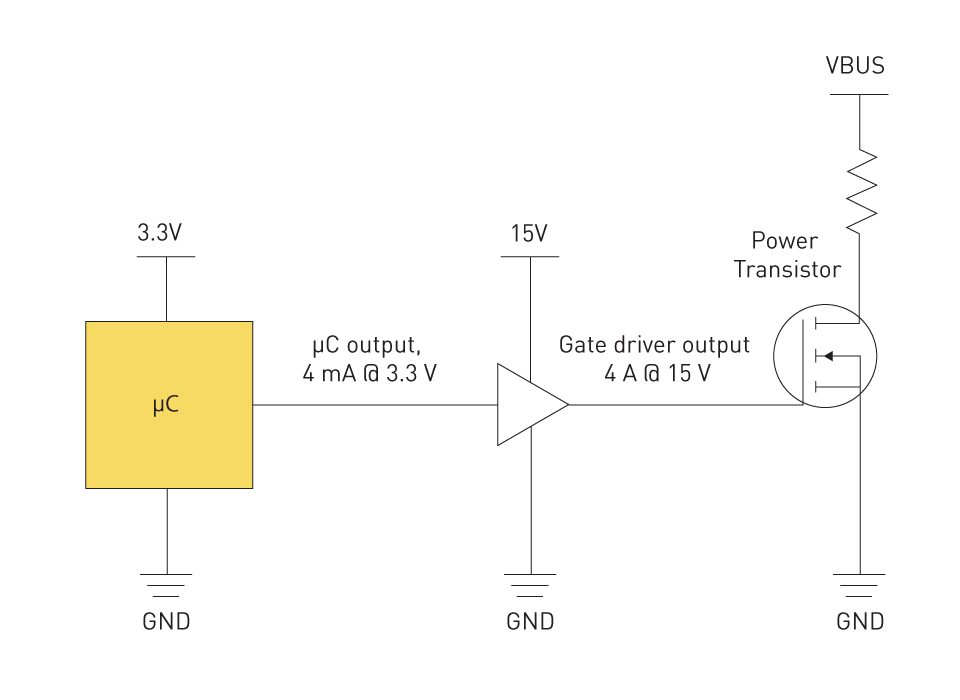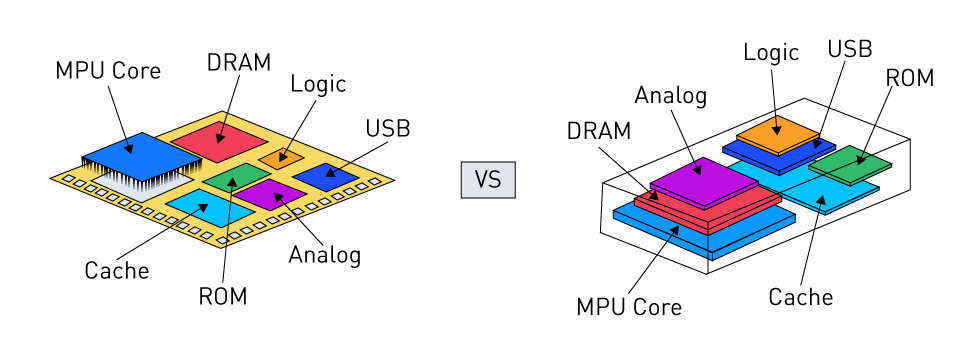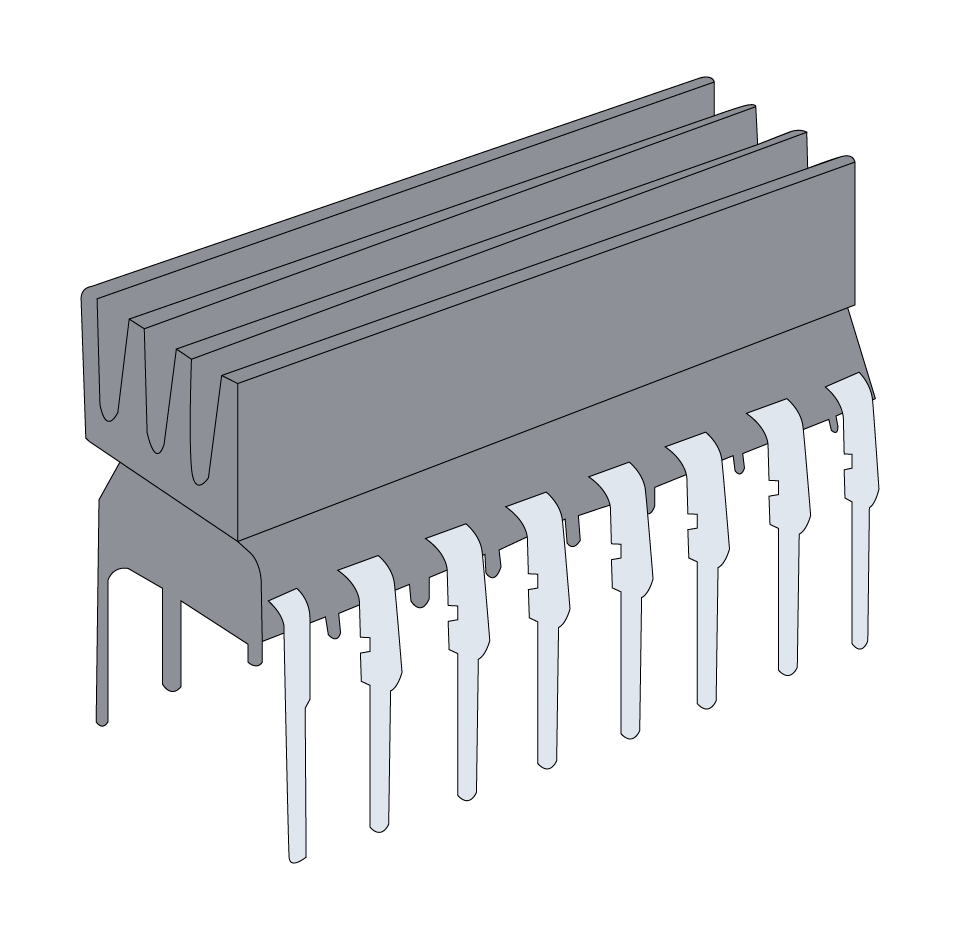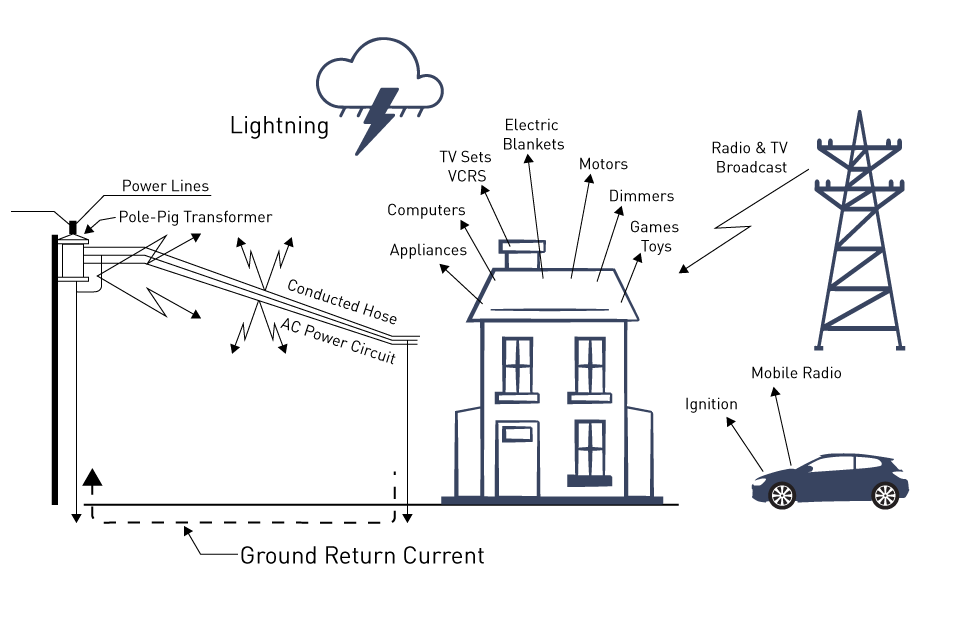Green Manufacturing Processes
It is becoming increasingly important for the electronics sector to implement environmentally responsible manufacturing procedures as environmental consciousness rises and regulatory demands mount. During the entirety of the product lifespan, these environmentally friendly manufacturing techniques not only contribute to the reduction of the environmental impact, but they also play an important role.
Overview of Sustainable Manufacturing Practices
Energy-Efficient Manufacturing: With the use of energy-efficient manufacturing methods for digital isolators, businesses are able to reduce the overall energy consumption that is involved with the production of electronic devices. These products include consumer electronics as well as industrial automation systems. By using this technique, the carbon footprint of such finished items is directly reduced, which is a direct contribution.
Reduction of Hazardous Materials: The dedication to removing dangerous compounds from the production of digital isolators is in line with the overarching objective of lowering the negative effects that electronic gadgets have on both the environment and people's health. Because of this, products that use these isolators are able to maintain better environmental standards, which makes them more appealing to consumers and industries that are environmentally sensitive.
Waste Minimization through Precision Engineering: Precision engineering reduces waste production in the manufacturing of digital isolators, thereby improving the environmental friendliness of the final electronic products. By ensuring that the components that make up these items are manufactured with a low amount of waste, producers are able to advocate for a production process that is more environmentally friendly from the beginning to the end.
Water Conservation: The electronics industry is increasingly implementing water-saving methods in the production of digital isolators, reflecting the growing demand for water conservation. This technique contributes to a reduction in the water footprint of these technologies, which in turn improves the sustainability profile of consumer electronics, medical equipment, and automotive electronics that make use of these isolators.
Supply Chain Sustainability: The emphasis placed on sustainability in the supply chain for digital isolators has an effect on the entire lifecycle of electronic devices. Manufacturers are able to ensure that their products are part of a supply chain that places an emphasis on environmental responsibility by utilizing isolators that are manufactured through ethical sourcing and green logistics.
Impact of Green Manufacturing on Product Lifecycle
Enhanced Durability and Longevity: Digital isolators that are manufactured using environmentally friendly manufacturing techniques are meant to be durable, which considerably extends the lifespan of electronic devices that make use of these components. This results in a decrease in the frequency of replacement and maintenance, which in turn decreases the impact that electronic waste has on the environment.
Improved Recyclability and End-of-Life Management: Digital isolators that are developed with sustainability in mind, including the capability to be readily recycled contribute to the recyclability of the final goods. This is because they are designed with the ability to be easily recycled. This makes it possible for electronic gadgets to be disassembled and recycled in a more effective manner, which contributes to the development of a circular economy within the information technology sector.
Promoting Product Stewardship: Manufacturers who use environmentally friendly production methods for digital isolators are in a better position to embrace a product stewardship strategy, which means they are more likely to accept responsibility for the environmental impact of their products over the entirety of their lifecycle. Not only does this help the environment, but it also helps consumers develop trust in brands that place an emphasis on social and environmental responsibility.
Positive Brand Image Benefits: The incorporation of digital isolators that are created in a sustainable manner into electronic devices can result in cost savings connected with energy efficiency, material utilization, and waste reduction. This can have a positive impact on the brand's image. In addition, it improves the brand image of businesses by establishing them as leaders in environmental stewardship, which makes them more appealing to a rising proportion of consumers who are environmentally conscious.
Energy Efficiency Trends
Within the world of electronics, the movement towards energy efficiency is not merely a temporary fad but rather a fundamental change in the way designs are approached. Advancements in energy-efficient designs are being fueled by a growing awareness of environmental impact and the desire for devices that offer extended battery life and reduced operating expenses.
Advances in Energy-Efficiency Designs
Low-Power Semiconductor Technologies: With the advent of ultra-low-power semiconductor technologies, the design of digital isolators has undergone a revolutionary transformation, allowing them to operate with minimal power loss. This is especially important in applications where power efficiency is crucial, such as in battery-powered devices or energy-sensitive industrial systems.
Energy Harvesting Technologies: Advancements in energy harvesting technologies have paved the way for devices to generate power from their surroundings. Solar cells, piezoelectric materials, or thermoelectric generators enable this. With the help of energy-efficient digital isolators, this innovation significantly increases the battery life of portable devices and it plays a crucial role in promoting the sustainability of IoT ecosystems by minimizing the reliance on external power sources.
Optimized Software and Algorithms: In modern electronic systems, power-efficient software and algorithms ensure that isolators consume power only when necessary. By implementing intelligent standby modes and adaptive power management, the power usage of digital isolators can be optimized, resulting in improved energy efficiency for the systems they are integrated into.
Efficient Power Conversion and Management: They enhance energy efficiency and reliability through the development of digital isolators with integrated power management functions, including advanced DC-DC conversion capabilities. These isolators are designed to optimize power delivery and minimize energy waste, making them a great choice for power-sensitive applications.
Influence of Energy Efficiency on Product Development and Adoption
Competitive Advantage: Our energy-efficient digital isolators provide a competitive edge by meeting market demand for greener and more cost-effective solutions. Manufacturers use these characteristics to set their products apart in a competitive market.
Regulatory Compliance: With the tightening of global standards for energy consumption, digital isolators that prioritize high energy efficiency help businesses meet international energy regulations. Ensuring compliance is essential for manufacturers looking to sell their products globally.
Environmental Impact: Through the reduction of power consumption, energy-efficient digital isolators play a significant role in minimizing the carbon footprint of electronic devices. This is in line with the overall objectives of the industry, which are to promote sustainable development and environmental responsibility.
Cost Savings for Consumers: Devices integrated with energy-efficient digital isolators offer significant cost savings over their lifetime, making them more economical to operate for consumers. This is particularly crucial for industrial and infrastructure applications, as energy costs make up a substantial portion of operational expenses.
Innovation and Research: Ongoing advancements in digital isolation technology are driven by a strong focus on energy efficiency. Continued research into innovative materials and isolation techniques is driving advancements in the field, opening up possibilities for the future of energy-efficient digital isolators.
Eco-Friendly Materials and Processes
The transition to environmentally friendly materials and processes in electronics manufacturing is a crucial element of promoting sustainability. This change not only helps to decrease the environmental footprint but also guarantees adherence to ever-tightening environmental regulations.
Eco-Friendly Innovations in Digital Isolator Manufacturing
Biodegradable and Recycled Materials: Using biodegradable plastics and recycled materials in digital isolator housings and packaging helps to minimize the environmental impact of these components. By incorporating recycled metals in the conductive paths and using bioplastics made from renewable resources for insulation layers, it demonstrates a dedication to decreasing dependence on non-renewable materials.
Lead-Free and Low-Halogen Components: Digital isolators are now being designed with lead-free solders and low-halogen materials to reduce the presence of toxic substances in electronic waste. This transition not only decreases the harmful impact on the environment when disposing of these devices but also guarantees adherence to worldwide environmental regulations like RoHS.
Green Chemistry in Semiconductor Manufacturing: Applying green chemistry principles in semiconductor manufacturing involves reducing the use of harmful chemicals and maximizing chemical recycling for digital isolators. Through the development of less toxic etching and cleaning agents, manufacturers have the ability to greatly minimize the environmental impact of the semiconductor manufacturing process.
Energy-Efficient Fabrication Processes: Manufacturing activities use less energy overall, thanks to innovations in digital isolator fabrication technologies like low-temperature processing and energy-saving curing techniques. This is in line with the industry's objective of sustainable manufacturing and helps reduce the production process's carbon impact.
Sustainable Packaging Solutions: Highlighting sustainable packaging for digital isolators, which includes using recyclable materials and reducing packaging waste demonstrates the industry's commitment to addressing the environmental impact of product packaging. This initiative is vital for the reduction of plastic waste and the promotion of circular economy principles in electronics packaging.
Environmental and Regulatory Implications
Reduced Carbon Footprint: By using eco-friendly materials and processes in the production of digital isolators, we can make a significant impact on reducing the carbon footprint of these devices. This initiative is in line with the electronics industry's wider objectives of promoting sustainability and reducing greenhouse gas emissions.
Regulatory Compliance: By incorporating sustainable materials and adopting green manufacturing practices, digital isolator manufacturers can meet and exceed strict environmental regulations. Following regulations such as RoHS, REACH, and WEEE not only ensures compliance but also boosts consumer confidence and strengthens brand image.
Corporate Social Responsibility: The adoption of eco-friendly manufacturing practices in digital isolator production demonstrates a strong commitment to corporate social responsibility. This approach improves a company's public image and appeals to environmentally conscious consumers, thus fostering a positive brand perception.
Innovation and Market Opportunities: The shift towards sustainable materials and processes presents designers and manufacturers with distinct design and manufacturing challenges. Nevertheless, these challenges spur innovation in material science and manufacturing techniques, resulting in the creation of novel and environmentally friendly digital isolation solutions. In addition, this transition creates potential for growth in the fast-expanding green electronics industry, giving manufacturers who prioritize sustainability a competitive advantage.
Circular Economy and Waste Reduction
The idea of a circular economy focused on reducing waste and maximizing resource utilization is gaining significant importance in the field of electronics design and manufacturing. This approach emphasizes the importance of prolonging product lifespans, reusing materials, and considering product disposal at the end of their lifecycle.
Integrating Circular Economy Principles in Digital Isolator Design
Design for Disassembly and Recycling: Digital isolators are now being designed with a focus on easy disassembly. This allow for the recovery of valuable materials and components when they reach the end of their lifecycle. This approach promotes recycling and helps to minimize electronic waste, which is in line with the goals of a circular economy.
Use of Recyclable and Sustainable Materials: Manufacturers are giving priority to recyclable materials for digital isolators which includes eco-friendly plastics and metals that can be easily recycled. This transition reduces the devices' environmental footprint and aligns with the industry's push for more sustainable manufacturing methods.
Modularity and Upgradability: Highlighting the importance of modularity in digital isolators enables effortless component replacement or upgrades, which extends the product's lifespan and minimizes waste. This design principle is crucial in rapidly changing industries, where advancements in technology can quickly make devices outdated.
Standardization for Efficiency: By standardizing components across different models of digital isolators, we can greatly improve the efficiency of manufacturing and recycling processes. It streamlines the supply chain, enhances component interchangeability, and promotes the reuse of parts, leading to a decrease in waste and improved resource utilization.
Impacts and Benefits of Embracing Circular Economy in Digital Isolator Design
Enhanced Sustainability and Environmental Compliance: By integrating circular economy concepts, digital isolator designs contribute significantly to achieving sustainable development goals. By implementing these practices, companies can meet environmental regulations and establish themselves as pioneers in corporate environmental responsibility.
Material Innovation and Resource Efficiency: With a deep understanding of energy efficiency and sustainability, the emphasis on waste reduction and material recyclability fuels advancements in materials science, resulting in the creation of innovative and environmentally friendly materials. It emphasizes the importance of optimizing resource utilization, thereby minimizing the environmental impact of digital isolators.
Economic and Competitive Advantages: Designing digital isolators with circular economy principles can provide economic benefits, such as cost savings in material sourcing and waste management. It can also give you an advantage in the market, attracting environmentally conscious consumers and businesses.
Consumer Engagement and Brand Loyalty: Designing products based on circular economy principles aligns with consumers' increasing environmental consciousness, fostering consumer engagement and brand loyalty. By selecting digital isolators that prioritize sustainability, consumers can contribute to eco-friendly practices which can help build brand loyalty and increase the demand for sustainable electronics.







直接登录
创建新帐号